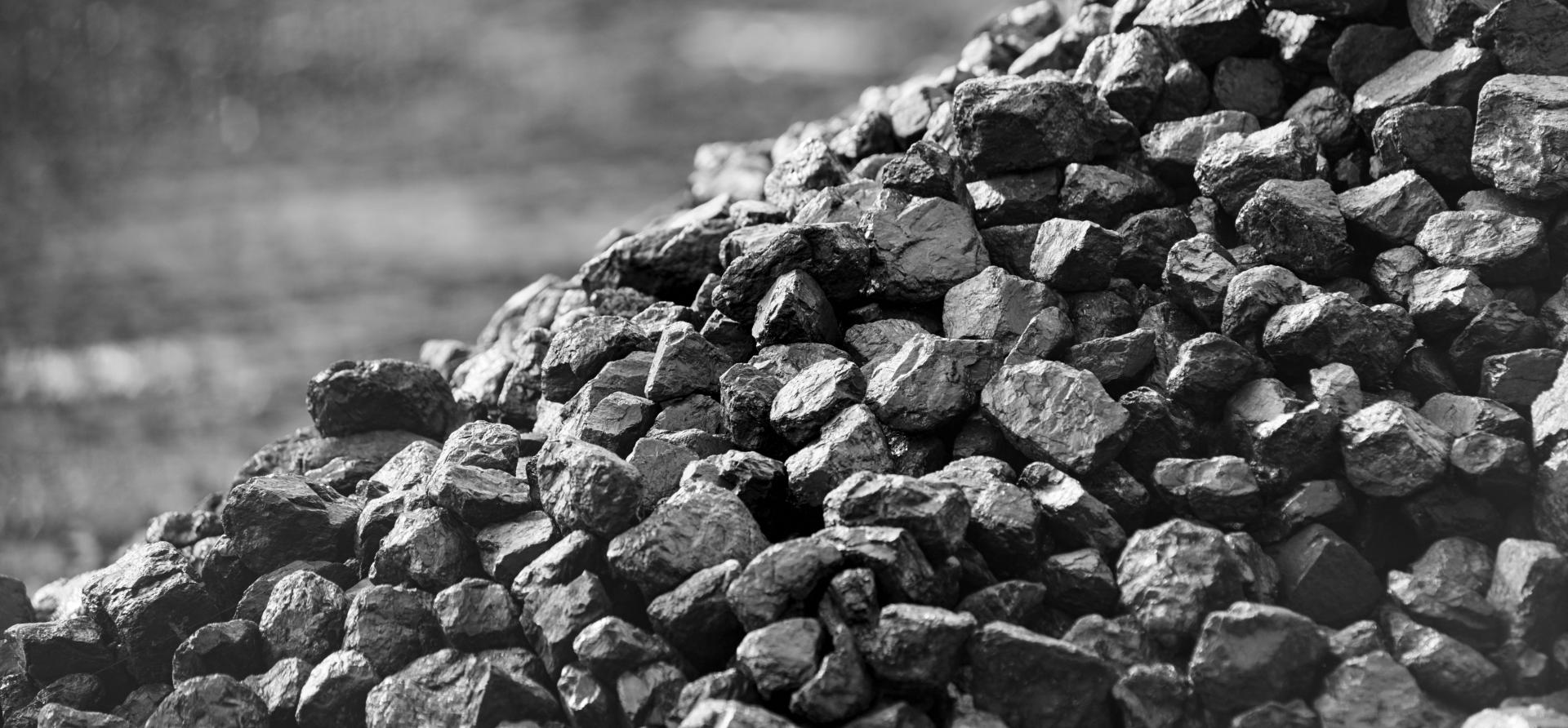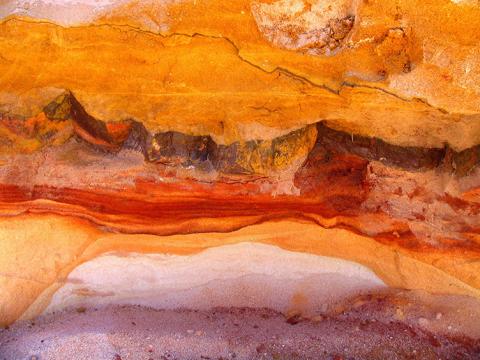Hume Coal update 2017: Superior alternatives are available
Download Full Report

Key Findings
The proposed project by Hume Coal might not go ahead as it has a negative net present value of -A$344 million.
54% of the coal produced in this facility will be low-quality coking coal, affecting the project's financial viability.
POSCO is claiming the FINEX process that will be used in this project as the best alternative to the blast furnace method.
Executive Summary
"While mapping plans to build a nuclear-free, coal-free nation, the government will set up environmentally friendly energy policies. There will be many difficulties. But it is a road we must take" – President Moon Jae-in of South Korea, June 2017
Hume Coal, a subsidiary of South Korea's largest steel maker, POSCO, is seeking approval to develop an underground coking and thermal coal mine in the Southern Highlands of New South Wales. The latest Environmental Impact Statement (EIS) approval process on the project is occurring at a time of significant changes in South Korean energy policy.
IEEFA has modelled the cash flows of the proposal based on information and data disclosed publicly in the Hume Coal EIS and an accompanying economic study by consultant BAEconomics. Our key findings include:
- Negative Net Present Value: IEEFA's modelling, based on publicly disclosed information in the project EIS and an economic study, finds that the project has a negative net present value (NPV) of -A$344m despite highly conservative capex assumptions. Under these circumstance it is difficult to accept that the proposed project will go ahead. Additionally, with no profits to tax, the proposal's economic contribution as laid out in the economic study seems highly questionable. The assumption of zero debt funding in the economic study also seems improbable—more likely, debt funding will result in interest deductions and lower taxable profits (if there are any).
- Lower-quality coking coal: About 54% of the coal produced at the mine would be coking coal, but it would be inferior to higher-quality hard-coking coal produced at other mining operations in the Southern Coalfield. Instead, lower-quality semi-hard coking coal would be produced at the Hume project, which would attract a lower price and therefore further erode the financial viability of the proposal. Coking coal is forecast to see further price declines as world production increases, along with the prospect of declining demand in China.
- High percentage of thermal coal: The project would produce a high percentage of lower-quality, high-ash thermal coal. IEEFA understands that around 46% of the coal produced from the mine would be thermal coal, a much higher percentage than we assumed in our previous report on the Hume Coal project published in August 2016. The product split of the proposal exposes Hume Coal to the long-term decline in global thermal coal markets. In addition, the coking-coal market is likely to see increased headwinds in the future as alternative technologies are developed. One such technology has already been commercially proven by POSCO itself.
- POSCO's FINEX technology: The FINEX process is considered by POSCO to be the first commercially proven alternative to the blast furnace method, and has lower production costs and emissions. POSCO's planned expansion of the FINEX process, which uses non-coking coal for steel making, further undermines the strategic need for the company to initiate a new coking coal project at this time.
- Post-approval operational changes: The pine feather mining technique limits the coal recovery rate to around 35% with significant impact on the proposal's financial viability in terms of capital cost and hence the resulting negative NPV. The possibility of Hume Coal seeking post-approval changes to the mine plan to allow a more commercially viable recovery rate would undoubtedly result in even more local concern over water impacts. With the increasing importance of social licence to operate mining ventures, any attempt to move away from an approved mine plan is likely to open the proposal to further controversy, delay, complication and financial risk.
- Trading houses exiting Australian coal investments: A current trend in the Australian coal market is Japanese trading houses abandoning their Australian coal investments. Like South Korea, Japan is a major destination for Australian coal exports, and Japanese engineering conglomerates have previously seen strategic integration logic in owning or part-owning Australian coal mines. But this has now reversed in the face of growing environmental and reputational concerns, plus financial losses.
- Energy Policy Changes in South Korea: This trend is echoed by recent events in South Korea, where the new president has initiated strong policy reforms to permanently lower the country's reliance on imported coal amid increasing concerns about emissions and pollution. Investment in a high-cost greenfield mine that produces such a high percentage of thermal coal appears to be in conflict with this policy change. Whilst the proposal may have seemed financially attractive at the beginning of the development process when coal prices were significantly higher, the energy markets of South Korea and the world are changing rapidly. This coal project proposal seems to have been left behind in a similar way to those of Adani and GVK in the Galilee Basin, Shenhua's Watermark, and Lanco Infratech's now insolvent WA Griffin coal project.
- Existing coking coal mines are available for purchase: Given the financial risks and cost associated with the development of a greenfield mine project, it would seem prudent for POSCO to consider the alternative to developing the greenfield Hume proposal: the purchase of an existing, operating coking coal mine. As a way to bypass strong community opposition and impossible-to-quantify water risks of the Hume proposal, this alternative is also likely to prove to be faster, simpler and better financial value.
Obvious targets for acquisition include Glencore's Tahmoor operation and Peabody's Metropolitan mine. Both are located within the Southern Coalfield of NSW and have a similar level of output as the Hume Coal proposal. In addition, as producers of hard coking coal with relatively little thermal coal, both produce a higher-quality product for a significantly smaller investment than is required to develop Hume.
With additional coking coal operations also available in Queensland, acquisition appears to be a shrewder path forward than new development.
IEEFA's analysis, using figures taken from Hume Coal disclosures and the economic study that accompanied the EIS, suggests that the project is held back by numerous factors that lead to a negative net present value for the proposal. On a financial basis, the proposed project should not proceed.
Press release: IEEFA Australia: Hume Coal Proposal Will Be Left Behind as Energy Markets Move On
Please view full report PDF for references and sources.

















